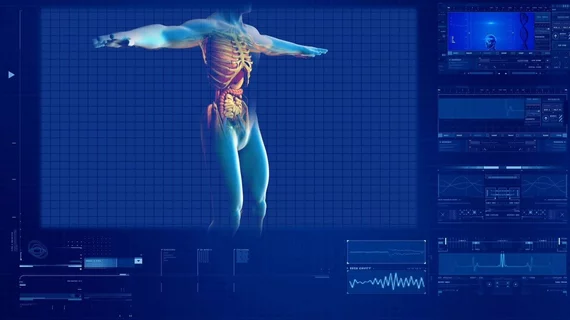Holographic imaging coming for COVID, other viruses
Knowing that antibodies as well as viruses bind to certain proteins in certain ways, scientists have come up with a technique to watch both sickness-signaling materials stick to microscopic beads prepared for the purpose.
When either of the signal materials coats a test bead by just a few billionths of a meter, the change tips off clinical diagnosticians equipped with holographic imaging tools.
The project behind the advancement was prompted by the COVID crisis and is described in a study published by the journal Soft Matter.
Physicist David Grier, PhD, of New York University and colleagues comment that their system, which uses laser beams to record holograms of their test beads, can help quickly perform biochemical testing that would augment conventional serological tests.
In coverage of the development by NYU’s news division, Grier adds that the approach is based on physical principles that have never before been used for diagnostic testing.
“We can analyze a dozen beads per second, which means we can cut the time for a reliable thousand-bead diagnostic test to 20 minutes,” Grier says. “And we can measure those changes rapidly, reliably and inexpensively.”
NYU says the test could be performed by minimally trained personnel, underscoring that the method is effective for detecting both an active viral infection and antibodies, which signal immunity to a virus that’s recently been beaten back.

